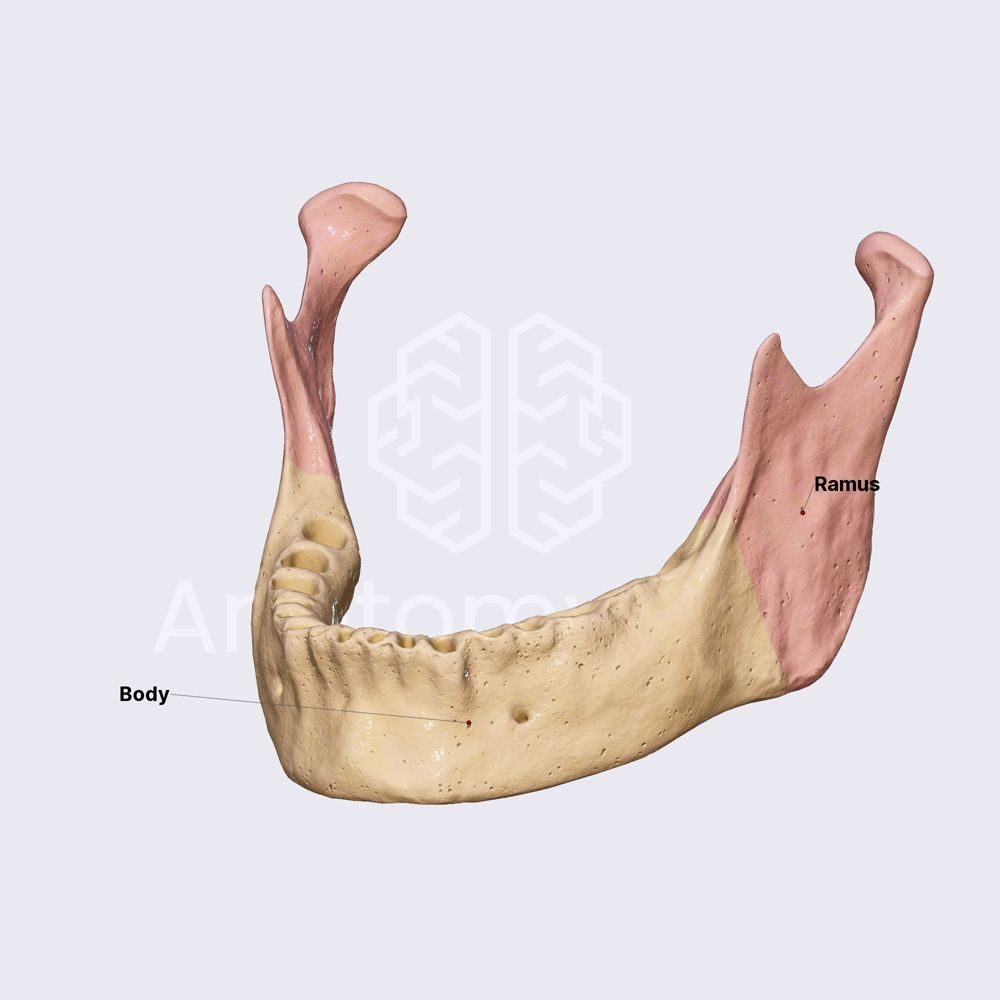✕

Unlock with Premium
Previous slide
5 / 11
Next slide

The mandible is an unpaired U-shaped bone of the skull. It belongs to the bones of the viscerocranium and is the largest bone in the group.